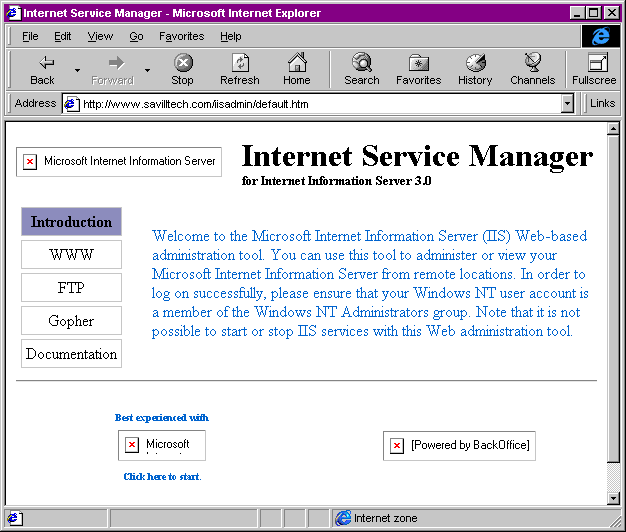ZDNet.de has posted a new tool called 
Jan 04, 2014 There WAS a software overclocking tool for Mac Pros (ZDNet Clock) that I played around with before, but it seems to be broken in Mountain Lion and will probably not be updated. I think it would still work if I could get past the message saying that 'you need a Mac Pro to use this tool'. Overclocking has never been as easy on Macs as PCs, but the ZDNet Clock tool aims to make it just that. ZDNet Clock only works on Intel Mac Pros and the Apple server Xserve, requires OS X 10.5.
ZDNet Clock Tool 1.0 for Mac Pro which allows you to overclock your Mac Pro. The process of overclocking uses software to increase your computer's processor speed and bus speed, potentially leading to higher performance. Boost the speed too high, however, and the computer may crash as either the processor or some of their components are unable to keep up. Still, ZDNet.de claims to have achieved some impressive results:
ZDNet.de claims to have achieved some impressive results:ZDNet uses three Mac Pros as test machines. One comes from the first Intel/Mac Pro generation (Mac Pro 1.1) with 65-nanometer processors and 1333-MHz front side bus. The others come from the third generation with 45-nanometer processors and 1600-MHz front side bus, as sold by Apple since January 2008 (Mac Pro 3.1). The first computer is equipped with two 2.66 GHz X5355 processors, and runs stable at 3.10 GHz, see figure 2. The other two have two 2.80 GHz E5462 processors. These can be overclocked up to 3.24 GHz and remain stable, see figure 1.
The multi-page article (be sure to click on 'weiter' for next pages) describes their results including stability tests over 24 hours. There are a few caveats as well:If you carry out benchmarks such as Cinebench or Geekbench after overclocking, the benchmarks do not indicate any improvement in performance at first. But if you resort to a stopwatch, the higher performance resulting from overclocking can indeed be verified. You also notice that the system clock runs significantly faster after overclocking the computer.
Rebooting (but not shutting down) reportedly corrects this timing issue on all but the 1st generation Mac Pros. More details are available in the article. The application is available for free download from ZDNet.de (click on 'Jetzt herunterlade' to download). Some MacRumors readers have already had some experience with this tool, but readers should proceed with caution (see potential disadvantages in overclocking, in general).Update: Versions for other Mac models are expected in the future, and simply shutting down your Mac and turning it back on will reverse the effects of the overclocking application.
Time Machine really works. But is it the best backup tool for you? Perhaps not. Here's what you need to know.
Easiest backup on the planetOne you are running OS X 10.5, setting up Time Machine couldn't be easier. Plug in a USB drive and the OS asks if you want to use it for Time Machine. Click 'yes' and the rest is automatic.
Time Machine keeps backups
- Hourly for the last 24 hours
- Daily for the last month
- Weekly until the backup disk is full
My 500 GB USB drive holds about 6 weeks of backups.
ManagementYou manage TM from a clock icon in the menu bar. When the arrow is spinning counter-clockwise Time Machine is backing up. The USB drive activity light is flashing and the system slows down - even on a quad-core Mac Pro.
If you're right in the middle of disk-intensive work like ripping a DVD or ingesting video, click the TM icon and hit 'stop backup' to get your machine back. Other than that minor annoyance Time Machine works great.
H. G. Wells approvedNeed to find an old file? Back to the icon and select 'Enter Time Machine' to bring up the spacey UI. I usually have a couple of dozen windows open, so I really like the fact that TM puts them all aside just so I can find what I need.
Once you have the right file, click 'Restore' and TM brings it forward. If the restored file has the same name as a current file a dialog box gives you the option to replace or rename. Simple and effective.

But the Time Machine disk isn't bootable. And that is a problem for power users.
The Storage Bits takeTM is best thought of as a file recovery tool. Munge a presentation and you can quickly get the old version back.
But TM lacks grace handling more serious problems. If your system disk crashes you can “Restore System from Time Machine” using a utility on the OS X system disk.
Sounds good, but USB runs at about 400 MB/minute so if you have - like I do - 120 GB on the system disk, you'd be down for 5 hours. After installing new drive.
Much better - if you rely on a system as much as I do - is to back up to a bootable FireWire disk using either the donation-ware Carbon Copy Cloner or the inexpensive SuperDuper!. When your system disk crashes you can be back up in a minute and then use Time Machine to recover your latest work.
Time Machine is great for people who don't rely on their Mac for business. If you do it is helpful but not enough.
500 GB disk drives are cheap and getting cheaper. I use Time Machine and a daily backup utility to get the best local data protection.
It is cheap insurance for busy systems. You can afford no less.
Pro Tools Mac Torrent
Comments welcome, of course.